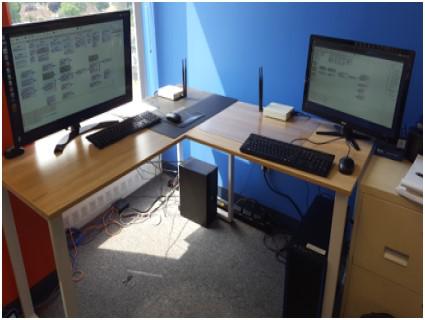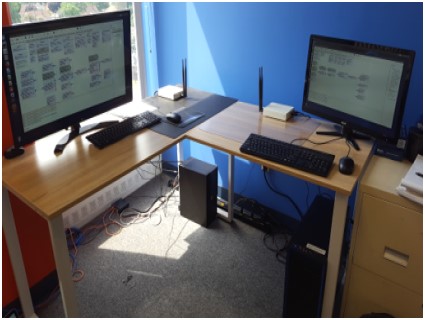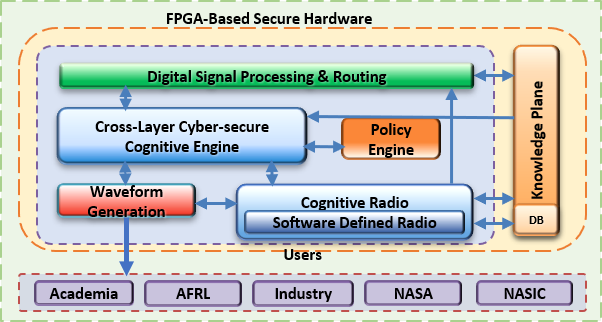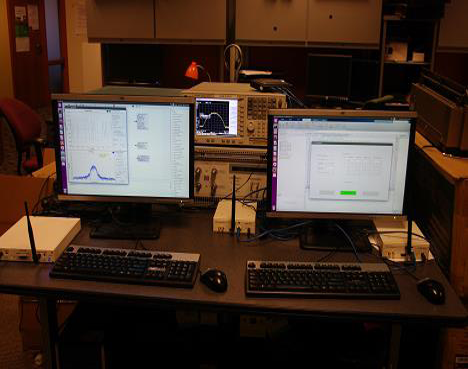Innovation
In this project, a series of intelligent channel sensing algorithms have been developed to intelligently detect, identify and sense the radio frequency spectrum environment of air communication and space communication networks. Additionally, based upon these intelligent channel sensing algorithms, a cross-layer cognitive communication engine has been developed to enhance the performance of air and space communication networks. Taking advantage of machine learning and signal processing techniques, the security of the communication network and associated cyber physical system is also enhanced.
Objective
The purpose of this project is to assist Air Force Research Laboratory and NASA in their goals to control communications, networking, radar and other critical systems and to maintain resilient/secure data links amid cyber and electronic warfare and enhance the performance of air and space communication networks. One of the five strategic vectors identified in the 2015 United States Air Force Strategic Plan is “...capabilities that allow decisive action in highly-contested spaces”. AFRL’s commitment to designing and implementing an adaptive spectrum warfare technology is guided by this vector and is clearly evidenced by various open BAAs. NASA uses a portion of the electromagnetic spectrum for communication with mission controllers on Earth, spacecraft transporting crew to and from the International Space Station, and with outer space. NASA GRC’s 2014 strategic plan highlights “...exploitation of new RF spectrum and maximizing data throughput on existing spectrum allocations” as continuous endeavors while focusing on technologies including software defined radio, cognitive radio, and networking. This project aims to serve these critical needs of AFRL and NASA through close collaboration with them throughout this project.
Commercial Goal
This project created 12 non-for-profit jobs and 3.5 for-profit jobs in the state of Ohio. Additionally, this project has attracted $4.5 million in follow on funding from federal funding agencies and industry. This project has also retained four jobs in the State of Ohio and created one new university spin out company in the State of Ohio.
This project has received strong interest from the industry for commercialization of some of the technologies developed throughout the project. Via the help and guidance of OFRN administrative team, the PI/Co-PIs and participants of the project received the NSF I-corp training course and started commercialization/productization discussions with industry leaders.
This project has successfully brought multiple federal agencies including AFRL, NASA Glenn, NRL and multiple Ohio universities together. Through collaboration enabled by this project, AFRL and NASA Glenn strengthened their collaboration in the cognitive radio communication and cognitive RF areas.



